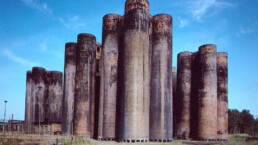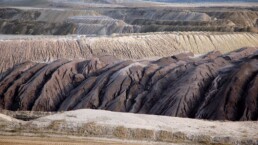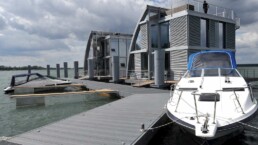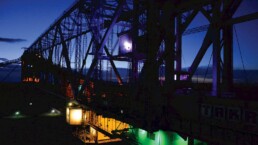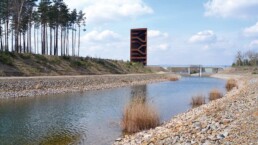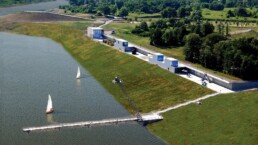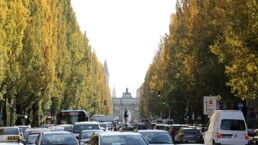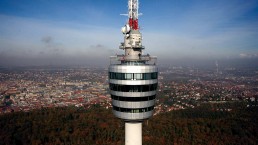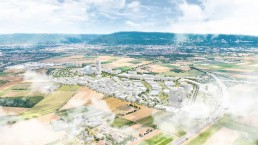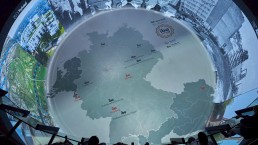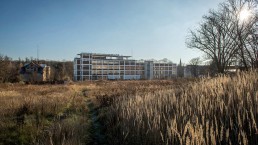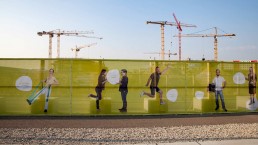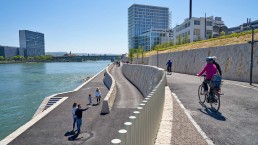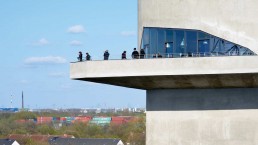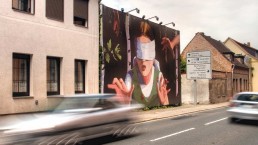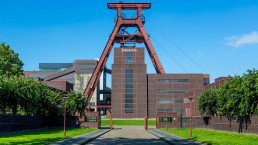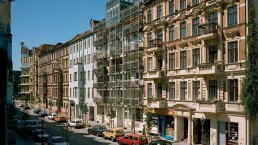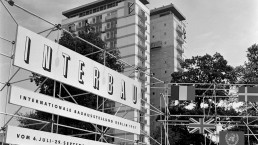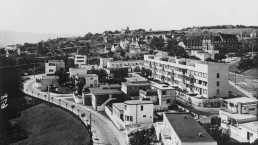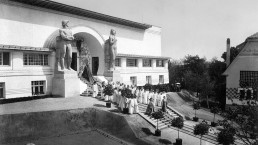IBA Fürst-Pückler-Land
Workshop for New Landscapes
The first IBAIBA Internationale Bauausstellung in former East Germany took place from 2000 to 2010 in southern Brandenburg. It aimed to re-interpret and renew the landscape in a rural region after mining. Mining and processing of lignite had characterised the Lower Lusatia region for 150 years, but over 20 opencast mines were closed in the early 1990s. Wounded landscapes and abandoned industrial buildings were left behind. Therefore, the goal of IBA Fürst-Pückler-Land (also known as IBA see) was to upgrade the former mining landscapes and give the landscape of wasteland a new identity.
The team headed by Rolf Kuhn based its work on the experiences of IBA Emscher Park, which also focused on a former industrial landscape, as well as on the Dessau-Wörlitz Gardens which were designed by the Bauhaus Dessau as an “industrial garden realm”. Together with representatives of the communities and the region, planners and students, the IBA see concept was developed in coordination with national and international experts and IBA projects were implemented throughout the entire Lower Lusatia region. Two of the projects spanned the German-Polish border.
The IBA see stimulated these immense landscape and structural changes economically, ecologically and creatively: Industrial memorials were preserved and repurposed, urban renewal projects were promoted and the lunar landscapes of lignite mines were opened for tourism. This created the Lausitzer Seenland (Lusatian Lakeland), Europe’s largest artificial landscape with 20 lakes. It has 14,000 hectares of water surface with navigable canals interconnecting the lakes, kilometres of cycle tracks as well as floating houses, unique city harbours and and distinctive buildings giving the region its identity.
IBA see was financed from regional and state funds. The IBA was originally named after Hermann Prince of Pückler-Muskau, creator of widely acclaimed masterpieces of landscape architecture in his parks in Bad Muskau and Branitz in the early 19th century.
The IBA Study House in Großräschen continues the heritage of IBA see at a historically authentic location in the heart of the landscape. With its knowledge base, regional network and simple accommodation, it offers study visits, continuing professional development, conferences and workshops.
Project areaSouthern BrandenburgSources and further information:M:AI Museum für Architektur und Ingenieurkunst NRW; IBA Hamburg (Hrsg.): IBA meets IBA. Eine Ausstellung zur 100jährigen Geschichte der Internationalen Bauausstellungen, (o.J.).Linkshttp://www.iba-see2010.de
http://www.iba-studierhaus.de
